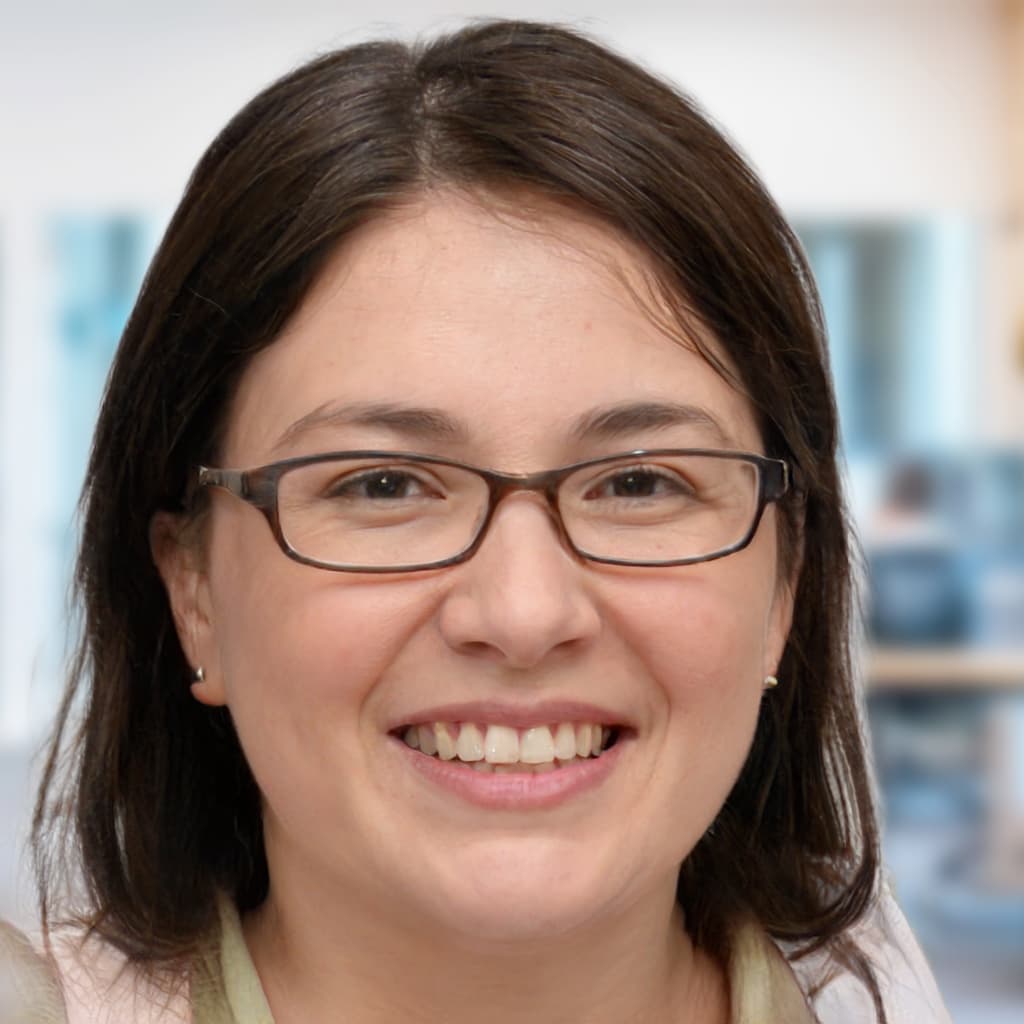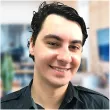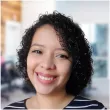
The Fast, Safe, and Reliable Way to Hire Elite Product Designers in 48 Hours


Build Amazing Development Teams
On Demand
Discover What Our Clients Have to Say About FullStack






Book Talent Now
Frequently Asked Questions

Product Design Hiring Guide
Introduction
Hiring the right Product Designer can make or break your company's success. A skilled Product Designer creates aesthetically pleasing designs and solves complex problems, understands user needs, and has a deep knowledge of the industry. But how do you ensure you're hiring the best Product Designer for your team? FullStack has a wide range of Product Designers available to join your team, but if you want to recruit directly, this guide comes in. In this guide, we'll provide you with conversational and technical interview questions to ask potential Product Designers, as well as a job posting template to attract top talent. With this guide, you'll be equipped to find the perfect Product Designer to elevate your company's design and user experience.
{{interview-qa-header="/hiring-docs/product-design"}}
1. Can you walk us through your design process and approach to a new project?
My design process always starts with research to better understand the user and their needs. From there, I brainstorm ideas and create sketches to iterate on designs. Once I have a solid concept, I create wireframes and prototypes to test with users and gather feedback. This helps me refine and improve the design until it's ready for implementation.
2. What design tools and software are you proficient in using?
I'm proficient in using industry-standard design software like Sketch, Adobe Creative Suite, and Figma. I'm also comfortable using prototyping tools like InVision and Principle to create interactive designs and animations.
3. How do you balance user needs with business goals in your designs?
I believe that design should always prioritize the user's needs and create a seamless experience. However, it's also important to consider business goals and how the design can contribute to them. I work to balance these two factors, ensuring the design is user-centered while still driving business results.
4. Can you show us examples of a particularly challenging design problem you've solved and how you approached it?
One project I worked on involved creating a mobile app for a financial services company. The challenge was to create a design that was easy to use and understood by a wide range of users with varying levels of financial knowledge. I conducted extensive user testing to solve this and incorporated user feedback into the design. I also created a clean and simple interface that made it easy for users to navigate and understand the financial information.
5. How do you stay up-to-date with design trends and new technologies?
I'm always reading industry blogs and publications to stay on top of new design trends and emerging technologies. I also attend conferences and workshops to learn new skills and network with other designers.
6. Can you describe your experience working collaboratively with other designers, developers, and stakeholders?
I've worked closely with developers and stakeholders in previous projects, and I know that good communication and collaboration are essential to creating successful designs. I communicate my design decisions clearly and openly to ensure everyone is on the same page.
7. Can you explain how you incorporate user feedback into your design process?
I believe that user feedback is crucial to creating successful designs. I incorporate user feedback at every stage of the design process, from early sketches to final prototypes. I conduct user testing and gather feedback regularly, and I use this feedback to make improvements and refine the design.
8. How do you approach designing for different platforms and devices?
I start by considering the platform or device's unique user interface and user experience design patterns. I then create wireframes and prototypes to test the design on different devices and make adjustments to ensure the design works seamlessly across all platforms.
9. Can you discuss a time when you had to adapt to changes in a project's scope or timeline?
In a previous project, we had to change the scope of the project midway through due to budget constraints. To adapt, I worked closely with the development team to create a streamlined design that still met the project's objectives within the new budget.
10. Can you describe your experience with usability testing and how you incorporate the results into your design?
I've conducted numerous usability tests in previous projects and find them incredibly valuable in improving designs. I create user scenarios and tasks to test, and I gather user feedback on the design's usability and overall experience. I then use this feedback to improve and refine the design, ensuring it meets the user's needs and creates a seamless experience.
{{tech-qa-header="/hiring-docs/product-design"}}
1. Can you explain your experience with front-end web development languages like HTML, CSS, and JavaScript?
Answer:
<p span class="guide_indent-text">I have extensive experience working with front-end development languages like HTML, CSS, and JavaScript. I'm comfortable creating responsive layouts using HTML and CSS, and I have experience using JavaScript to create interactive elements and animations on websites.</p>
<div style="padding-bottom: 2.85rem;"></div>
2. Can you walk me through the design considerations and constraints for creating a mobile app that must function offline?
Answer:
<p span class="guide_indent-text">Designing a mobile app that functions offline requires careful consideration of the app's data storage and synchronization capabilities. The design should prioritize offline data caching and syncing to ensure that the user can access their data even when they don't have an internet connection. Additionally, the app should provide clear messaging to the user when they are offline and cannot complete certain actions.</p>
<div style="padding-bottom: 2.85rem;"></div>
3. Can you explain the principles of responsive design and how you approach designing for multiple devices?
Answer:
<p span class="guide_indent-text">Responsive design is all about creating a flexible design that adapts to different screen sizes and device types. To achieve this, I create fluid layouts that adjust to the user's screen size and use media queries to adjust the design for different device types. I also prioritize accessibility, ensuring that the design is accessible for users with different abilities and devices.</p>
<div style="padding-bottom: 2.85rem;"></div>
4. Can you describe your experience with accessibility and how you ensure that your designs are accessible to users with disabilities?
Answer:
<p span class="guide_indent-text">Accessibility is a critical aspect of design, and I ensure that all of my designs are accessible to users with disabilities. I follow WCAG (Web Content Accessibility Guidelines) and ADA (Americans with Disabilities Act) guidelines to ensure that my designs are accessible to users with vision, hearing, motor, and cognitive disabilities. I also conduct regular accessibility testing and use accessibility tools to identify and fix issues.</p>
<div style="padding-bottom: 2.85rem;"></div>
5. Can you explain your experience with prototyping tools like Figma, Sketch, and InVision, and how you use them in your design process?
Answer:
<p span class="guide_indent-text">I have extensive experience using prototyping tools like Figma, Sketch, and InVision in my design process. I use these tools to create wireframes and interactive prototypes to test and iterate on my designs. I also use them to communicate my design decisions with stakeholders and developers and ensure everyone is on the same page.</p>
{{job-qa-header="/hiring-docs/product-design"}}
Introduction
Creating a clear and compelling job posting is critical to attracting the best candidates for your product designer role. A well-crafted job posting should accurately reflect your company's values and culture while highlighting the key responsibilities and requirements of the role. This guide will provide you with essential sections to include in your job posting, examples, and tips for crafting each section.
<div style="padding-bottom: 2.85rem;"></div>
Job Title
The job title is the first thing potential candidates will see; it should be clear and descriptive. It should accurately reflect the role's responsibilities and expectations while remaining concise. A well-crafted job title can attract the right candidates and encourage them to apply.
<div style="padding-bottom: 1.14rem;"></div>
<span class="guide_indent-text">Example:</span>
- Product Designer - UX/UI Designer.
<div style="padding-bottom: 2.85rem;"></div>
Job Description
The job description overviews the role's primary responsibilities and expectations. It should be written clearly and concisely, highlighting the essential functions of the job. A well-crafted job description can help potential candidates understand the role's requirements and determine whether they are a good fit.
<div style="padding-bottom: 1.14rem;"></div>
<span class="guide_indent-text">Example:</span>
<p span class="guide_indent-text">We are seeking a Product Designer with experience in UX/UI design to join our team. In this role, you will be responsible for designing and prototyping digital products that meet the needs of our users and align with our brand.</p>
<div style="padding-bottom: 2.85rem;"></div>
Key Responsibilities
The key responsibilities section outlines the essential duties and tasks the successful candidate will perform. It should be written clearly and concisely, focusing on the most critical aspects of the job. A well-crafted key responsibilities section can help potential candidates understand the role and determine if they have the necessary skills and experience.
<div style="padding-bottom: 1.14rem;"></div>
<span class="guide_indent-text">Example:</span>
- Design and prototype digital products, including web and mobile apps, that meet user needs and align with our brand.
- Conduct user research and usability testing to inform design decisions.
- Collaborate with cross-functional teams, including developers, product managers, and other designers, to ensure designs are implemented successfully.
- Stay up-to-date with industry trends and best practices in product design.
<div style="padding-bottom: 2.85rem;"></div>
Requirements
The requirements section outlines the skills and experience necessary for the successful candidate to perform the job. It should be written clearly and concisely, focusing on the most critical aspects of the job. A well-crafted requirements section can help potential candidates determine whether they fit the role well.
<div style="padding-bottom: 1.14rem;"></div>
<span class="guide_indent-text">Example:</span>
- Bachelor's degree in graphic design, interaction design, or a related field.
- 3+ years of experience in product design, with a focus on UX/UI design.
- Proficient in design software, such as Sketch, Figma, and Adobe Creative Suite.
- Strong understanding of user-centered design principles and methodologies.
- Experience conducting user research and usability testing.
<div style="padding-bottom: 2.85rem;"></div>
Preferred Qualifications
The preferred qualifications section outlines the skills and experience that would be beneficial but are optional for the successful candidate to perform the job. It should be written clearly and concisely, focusing on the most critical aspects of the job. A well-crafted preferred qualifications section can help potential candidates determine if they are an excellent fit for the role.
<div style="padding-bottom: 1.14rem;"></div>
<span class="guide_indent-text">Example:</span>
- Master's degree in graphic design, interaction design, or a related field.
- Experience working in an Agile development environment.
- Experience with prototyping tools, such as InVision or Principle.
- Strong written and verbal communication skills.
- Passion for emerging technology and design trends.
<div style="padding-bottom: 2.85rem;"></div>
Benefits
The benefits section outlines the compensation and benefits that the successful candidate will receive. It should be written clearly and concisely, highlighting the most significant benefits of the job. A well-crafted benefits section can attract top talent and demonstrate your company's commitment to its employees.
<div style="padding-bottom: 1.14rem;"></div>
<span class="guide_indent-text">Example:</span>
- Competitive salary and benefits package
- Flexible work schedule
- Generous vacation and paid time off policy
- Opportunity for career growth and development
- Access to the latest technologies and tools
<div style="padding-bottom: 2.85rem;"></div>
How to Apply
The how to apply section outlines the steps that potential candidates should follow to apply for the job. It should be written in a clear and concise manner, providing candidates with the necessary information to submit their application. A well-crafted how to apply section can help streamline the application process and encourage more qualified candidates to apply.
<div style="padding-bottom: 1.14rem;"></div>
<span class="guide_indent-text">Example:</span>
- To apply, please send your resume, cover letter, and a link to your online portfolio to [insert email address or application link].
- In your cover letter, please briefly explain why you are the ideal candidate for the position and how your experience aligns with the job requirements.
<div style="padding-bottom: 2.85rem;"></div>
Job Template Conclusion
Crafting an excellent Product Designer job posting template is crucial to attracting top talent to your organization. By following this guide and including essential sections such as job title, job description, key responsibilities, requirements, preferred qualifications, benefits, and how to apply, you can create a compelling job posting that resonates with potential candidates. Remember to keep your language clear and concise and highlight the key aspects of the job that make it an excellent opportunity for talented Product Designers.
<div style="padding-bottom: 2.85rem;"></div>
Conclusion
In conclusion, hiring a Product Designer requires more than just looking at their portfolio. It's crucial to ask the right questions and assess their skills and experience to ensure they fit your team best. This guide gives you access to a comprehensive list of interview questions and a job posting template to attract top talent. Remember to take your time in the hiring process and thoroughly evaluate each candidate. With the right Product Designer, your company can achieve its goals and stand out in a competitive market.










